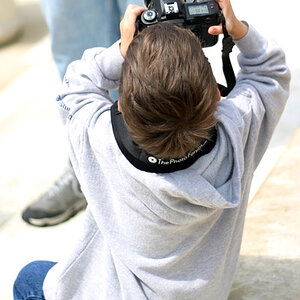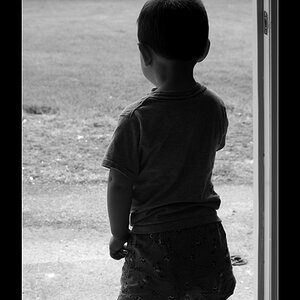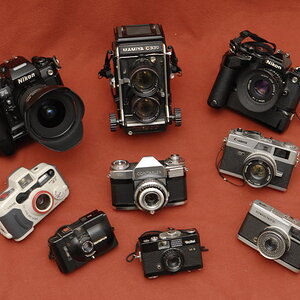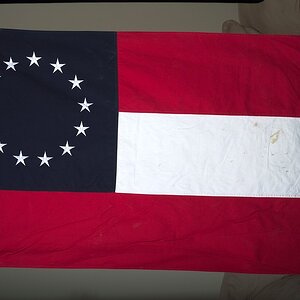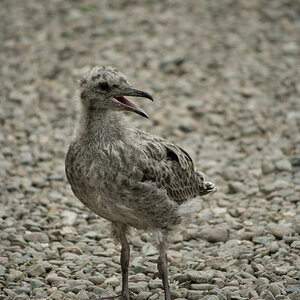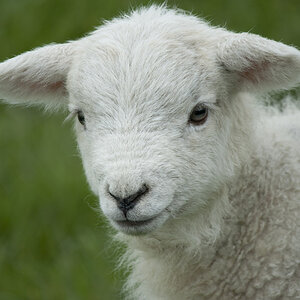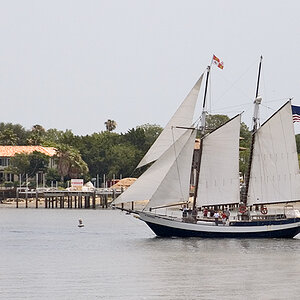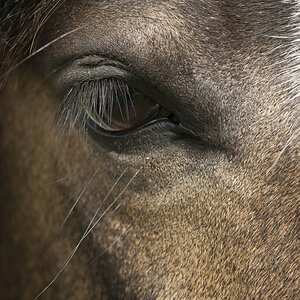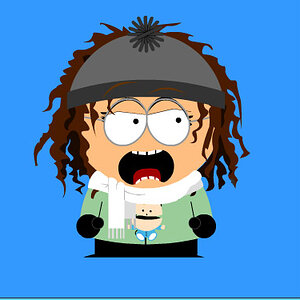The Losing Kind
TPF Noob!
- Joined
- Feb 24, 2008
- Messages
- 197
- Reaction score
- 0
- Location
- Wisconsin
- Can others edit my Photos
- Photos NOT OK to edit
This seems like the place to post this, so I apologize in advance if this is the wrong section.
Do any of you product photographers have experience photographing drawings, or paintings? I draw as well as photograph, and I'd like to be able to take some nice photographs of my artwork at some point for a portfolio. I have a scanner, but it's not big enough to fit some of my work so photography seems like the way to go since I have a digital SLR anyway.
So if anyone has done this before and can recommend some methods, or even show results of 2D artwork they have photographed, that would be fantastic!
Do any of you product photographers have experience photographing drawings, or paintings? I draw as well as photograph, and I'd like to be able to take some nice photographs of my artwork at some point for a portfolio. I have a scanner, but it's not big enough to fit some of my work so photography seems like the way to go since I have a digital SLR anyway.
So if anyone has done this before and can recommend some methods, or even show results of 2D artwork they have photographed, that would be fantastic!


